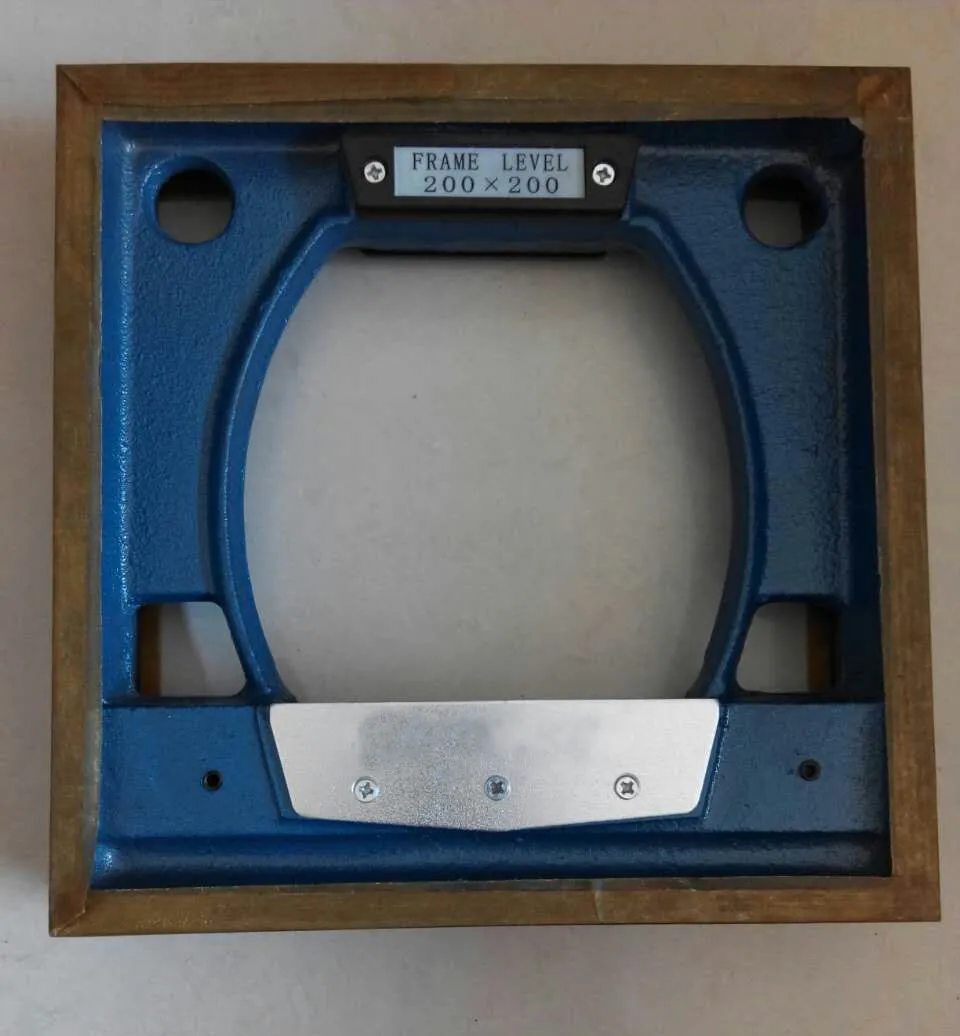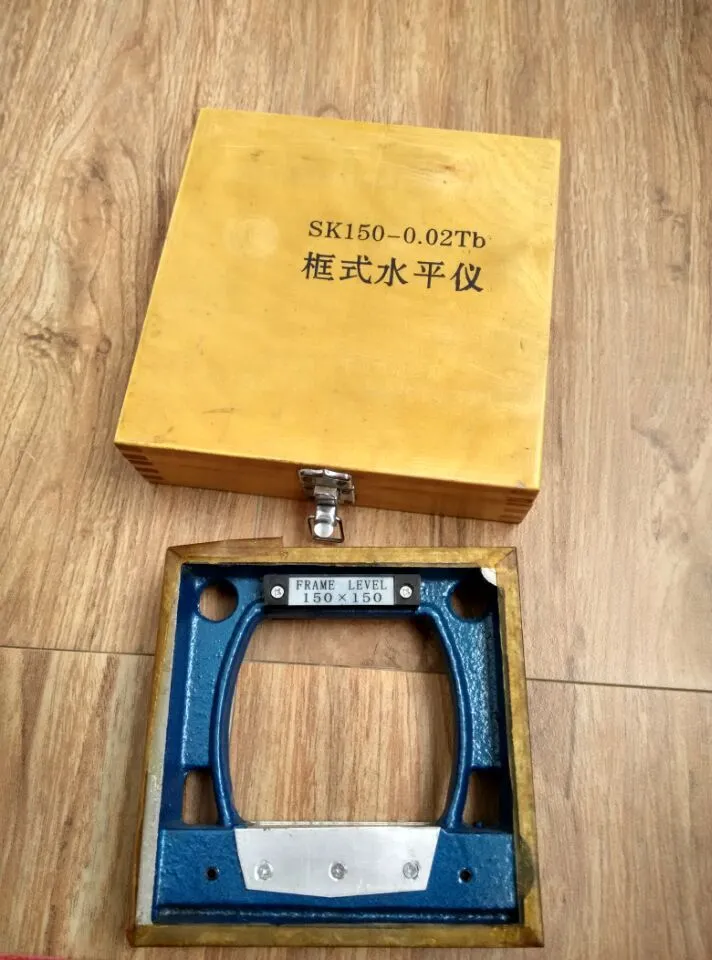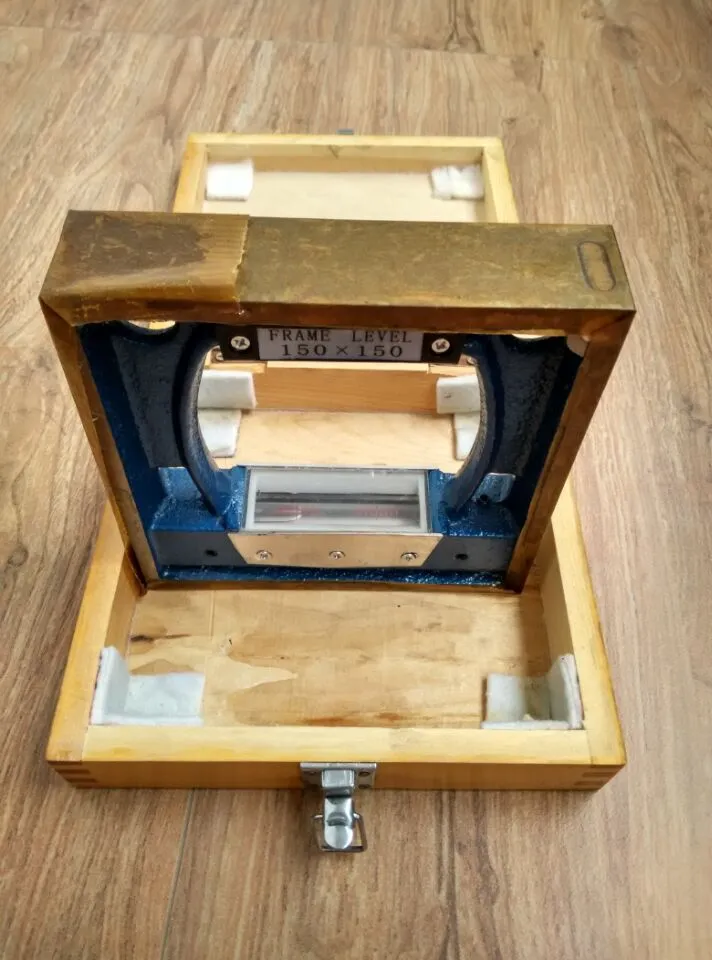јун . 05, 2025 13:57 Назад на листу
How to Calibrate and Maintain a Spirit Level Tool
In the world of construction, home improvement, and various precision - oriented tasks, a spirit level tool is an indispensable companion. From ensuring that walls are perfectly vertical to making sure tabletops are flawlessly horizontal, the accuracy of a spirit level tool can make or break the quality of a project. However, like any precision instrument, it requires proper care and calibration to maintain its reliability over time. Understanding the intricacies of либеле, from their different types to the best practices for calibration and maintenance, is crucial for anyone who depends on these tools to achieve precise results.

Types of Spirit Levels
Spirit levels come in a variety of forms, each designed to meet specific measurement needs. One of the most common types is the box spirit level. It features a rectangular body with multiple vials, usually oriented horizontally, vertically, and at a 45 - degree angle. This design allows users to check different orientations of surfaces simultaneously, making it ideal for complex construction and carpentry projects. Another type is the torpedo spirit level, which is compact and portable. Its small size makes it perfect for tasks in tight spaces, such as plumbing installations or electrical work. The torpedo level typically has one or two vials, providing quick and easy measurements for smaller - scale jobs. Magnetic либеле are also popular, especially in metalworking and automotive repair. They come with built - in magnets that can attach to metal surfaces, allowing hands - free operation and ensuring stability during measurements.
Importance of Calibrating Spirit Level Tools
Calibrating spirit level tools is essential to guarantee the accuracy of measurements. Over time, due to factors like normal wear and tear, accidental drops, or exposure to temperature changes, the vials in a spirit level tool may become misaligned. When this happens, the tool will provide incorrect readings, leading to skewed surfaces, uneven structures, and ultimately, costly rework. Regular calibration ensures that the bubble in the vial aligns precisely with the marked centerline when the surface is truly level or plumb. For example, in building a bookshelf, an uncalibrated spirit level tool might give the false impression that the shelves are horizontal, only to find later that books slide off due to the hidden tilt. By calibrating the spirit level tool before starting a project, professionals and DIY enthusiasts can have confidence in the precision of their work.

Maintenance Tips for Spirit Level Tools
Proper maintenance is key to extending the lifespan and preserving the accuracy of spirit level tools. After each use, clean the tool with a soft, dry cloth to remove dirt, dust, and any debris that may have accumulated on its surface. Avoid using abrasive materials or harsh chemicals, as they can scratch the vials or damage the body of the level. When storing the spirit level tool, keep it in a protective case or a padded compartment to prevent accidental impacts. Extreme temperatures and humidity can also affect the performance of spirit level tools, so store them in a cool, dry place. Additionally, periodically check the vials for any signs of leaks or air bubbles that should not be there. If a vial is damaged or leaking liquid, the spirit level tool may need to be repaired or replaced to maintain accurate measurements.
Spirit Level Tool FAQS
How often should I calibrate my spirit level tool?
The frequency of calibrating a spirit level tool depends on several factors. If you use the tool frequently, especially in demanding construction or industrial settings, it's advisable to calibrate it at least once every few months. For occasional users, an annual calibration should suffice. However, if the spirit level tool has been dropped, exposed to extreme conditions, or shows signs of inaccurate readings, you should calibrate it immediately to ensure reliable results.
What are the signs that my spirit level tool needs maintenance?
There are several indicators that your spirit level tool requires maintenance. If you notice dirt, grime, or smudges on the vials that affect visibility, it's time for cleaning. Uneven or erratic bubble movement within the vials, even on a known level surface, may suggest internal issues or misalignment, indicating a need for calibration or further inspection. Additionally, if the body of the spirit level tool is cracked, dented, or shows signs of wear that could impact its functionality, proper maintenance, such as repair or replacement, is necessary to keep the tool in working order.

Can I use different types of spirit levels interchangeably for all tasks?
While different types of spirit levels share the common goal of measuring flatness and alignment, they are not always interchangeable for all tasks. Box либеле are versatile and suitable for a wide range of applications, from large - scale construction to general carpentry, due to their multiple vials. Torpedo либеле are better suited for tasks in confined spaces or when portability is a priority. Magnetic либеле are specifically designed for use on metal surfaces. So, the choice of spirit level depends on the nature of the task, the available space, and the surface material, and using the wrong type may lead to inaccurate measurements or difficulty in performing the job effectively.
How do I clean a damaged vial on my spirit level tool?
Cleaning a damaged vial on a spirit level tool can be a delicate process. If the damage is minor, such as a small smudge or fingerprint, use a soft, lint - free cloth slightly dampened with isopropyl alcohol. Gently wipe the surface of the vial in a circular motion, being careful not to apply too much pressure that could further damage the vial. However, if the vial is cracked, leaking liquid, or has significant internal debris, cleaning may not be sufficient. In such cases, it's best to consult the manufacturer or a professional repair service. They can assess the extent of the damage and determine whether the vial can be repaired or if the entire spirit level tool needs replacement to ensure accurate measurements.
Are there any DIY methods to calibrate complex spirit level tools?
For most standard spirit level tools, there are reliable DIY calibration methods. As described earlier, using a known flat and level surface and adjusting the screws near the vials can effectively calibrate many levels. However, for more complex spirit level tools, such as those with advanced features or multiple precision - calibrated vials, DIY calibration may be challenging. In these cases, it's recommended to refer to the manufacturer's instructions carefully. Some complex spirit level tools may require specialized equipment or calibration procedures that are best performed by trained technicians. While there are online tutorials and tips, inaccurate DIY calibration of complex spirit level tools can lead to further errors, so it's important to proceed with caution and consider professional calibration if in doubt.
-
Why the Right Angle Ruler Reigns in MetalworkingВестиJul.21,2025
-
The Enduring Allure of Granite Boxes in Modern InteriorsВестиJul.21,2025
-
The Digital Gauging Revolution: Reshaping Thread Rings Inspection's FutureВестиJul.21,2025
-
How Modern Inspection Platforms Transcend Surface MeasurementВестиJul.21,2025
-
How Customization Drives Wholesale Success in Parallel RulersВестиJul.21,2025
-
Fortifying Permanent Steel Ground Anchors Against Corrosion's OnslaughtВестиJul.21,2025
Повезани ПРОИЗВОДИ









